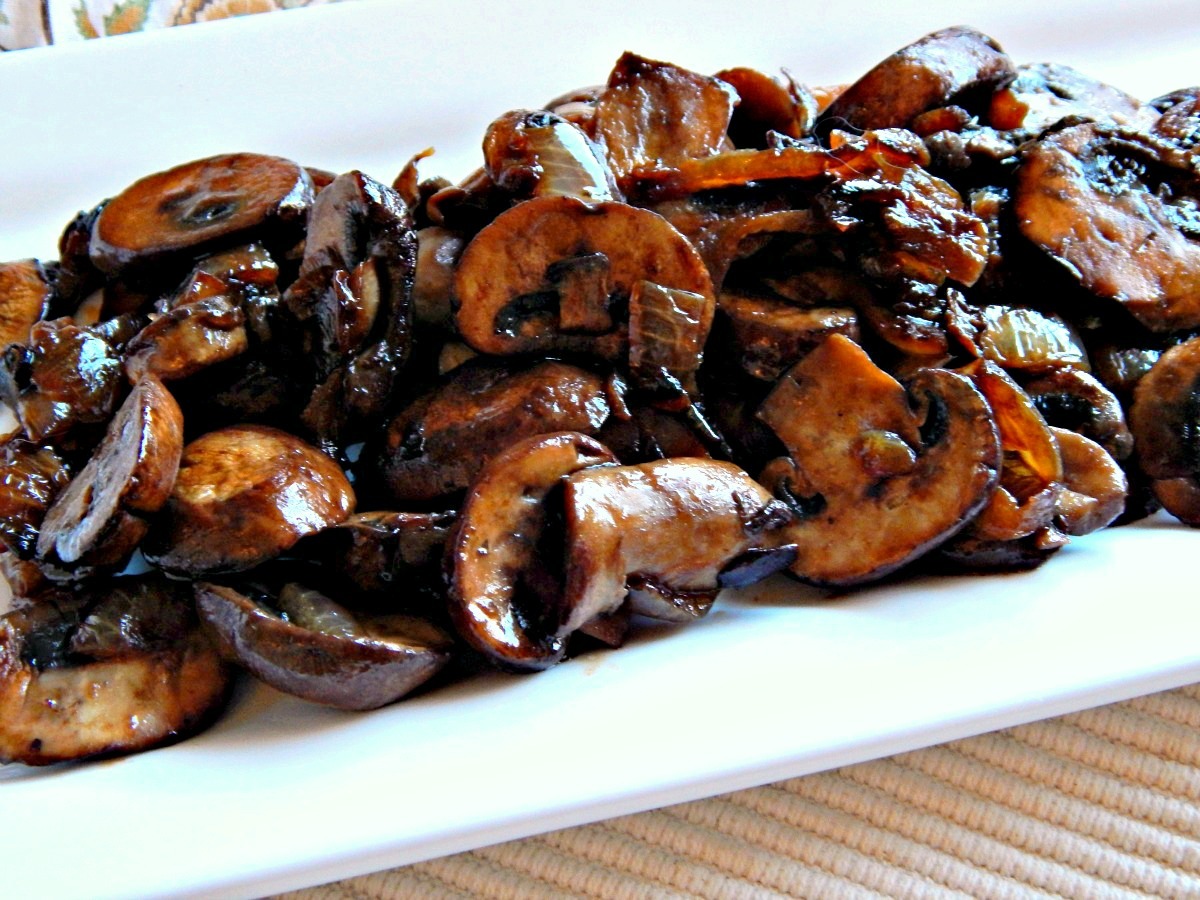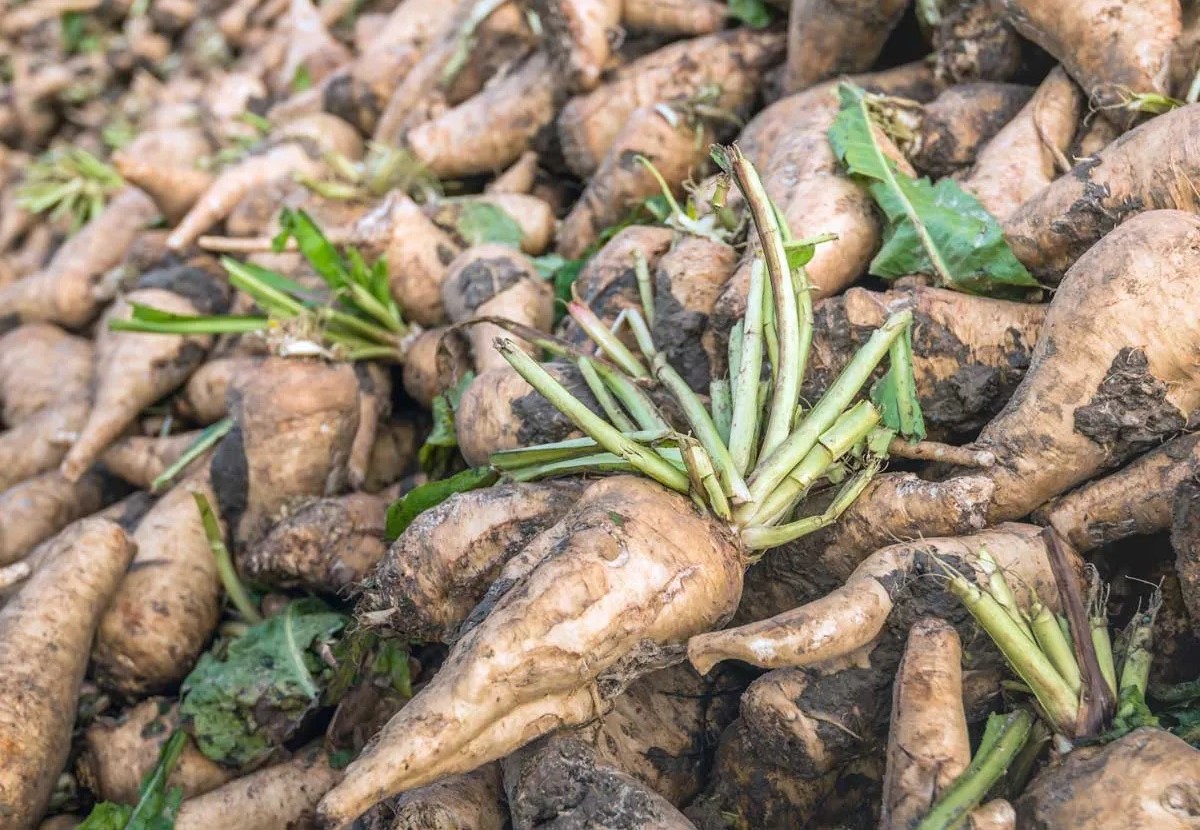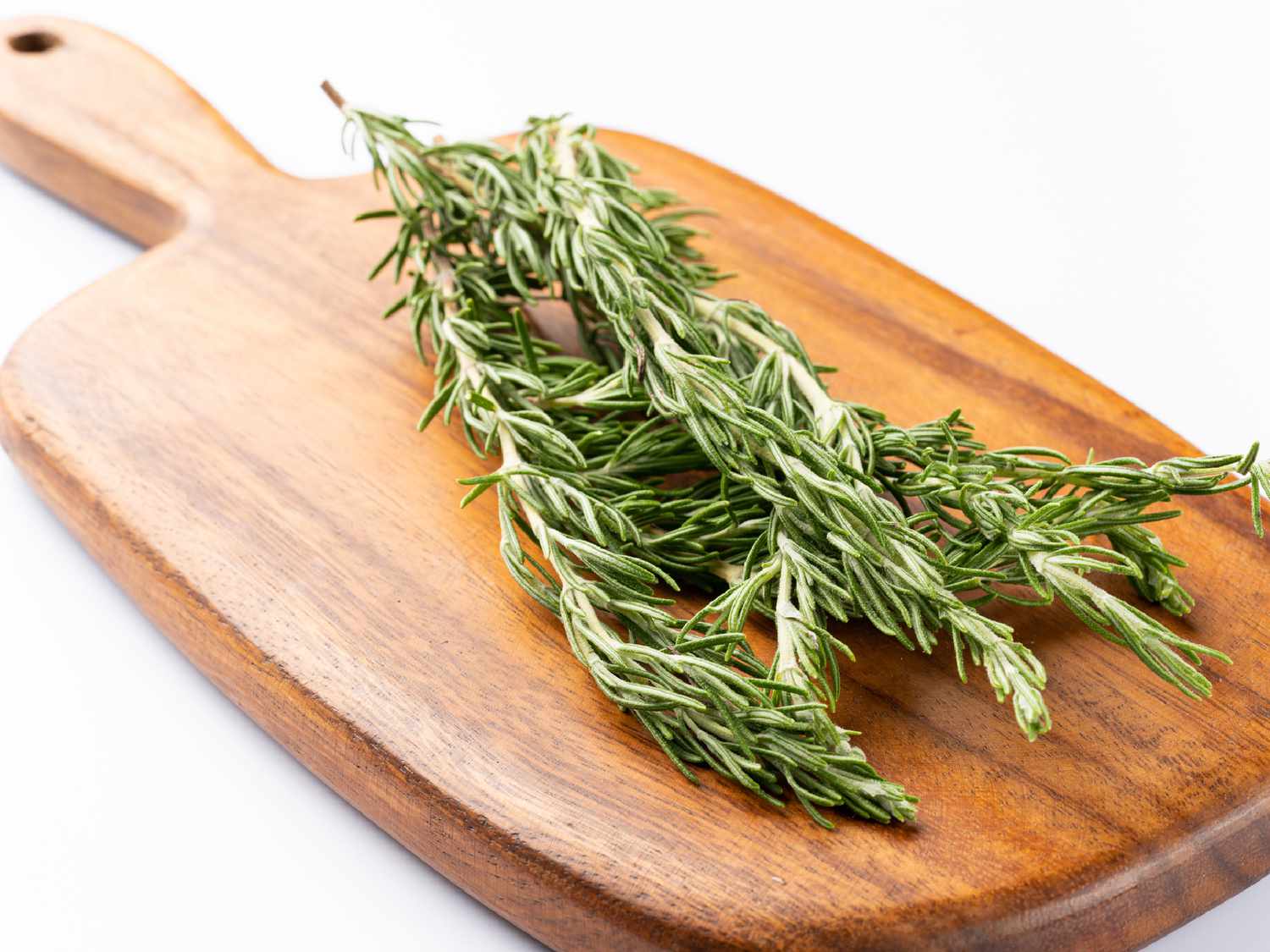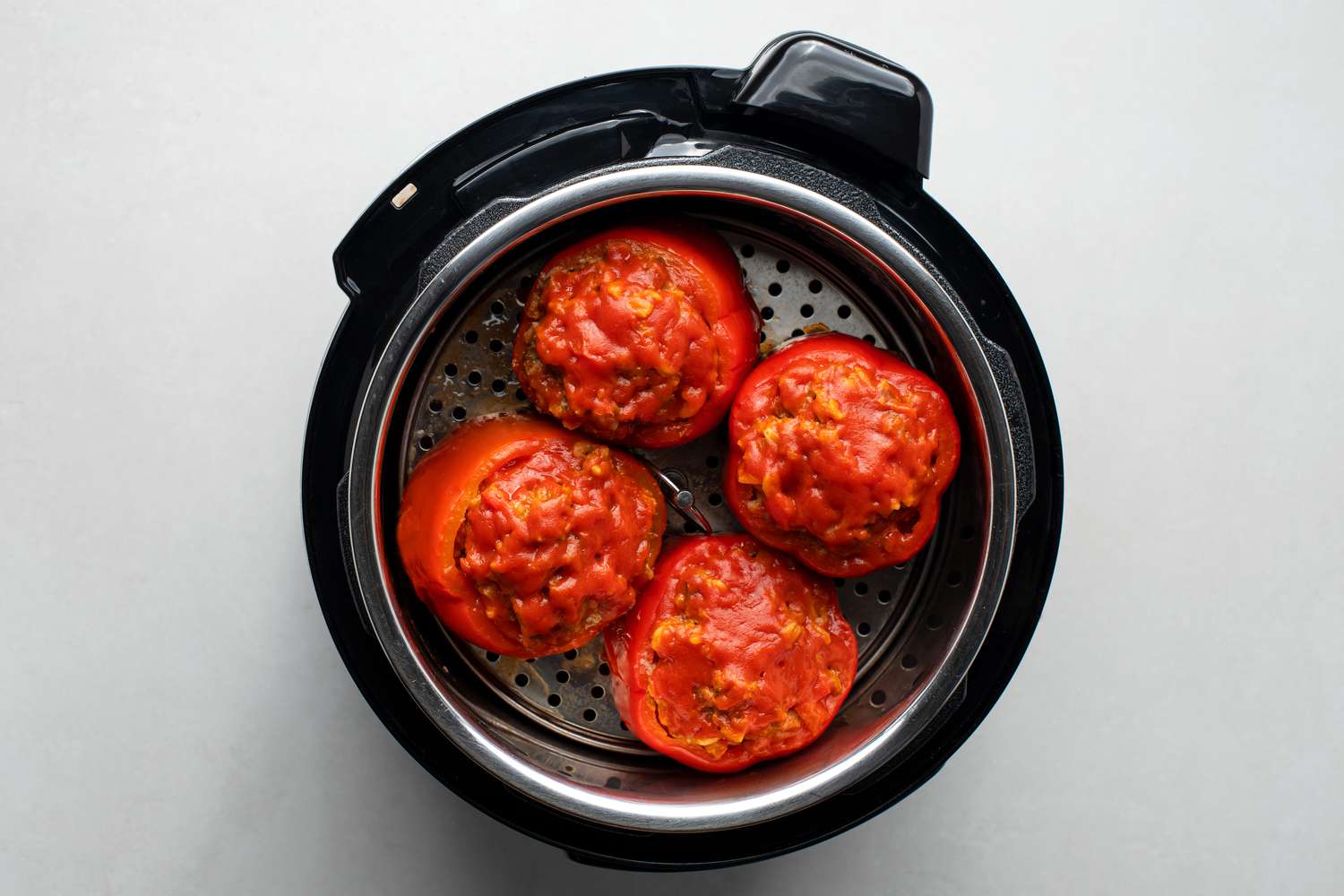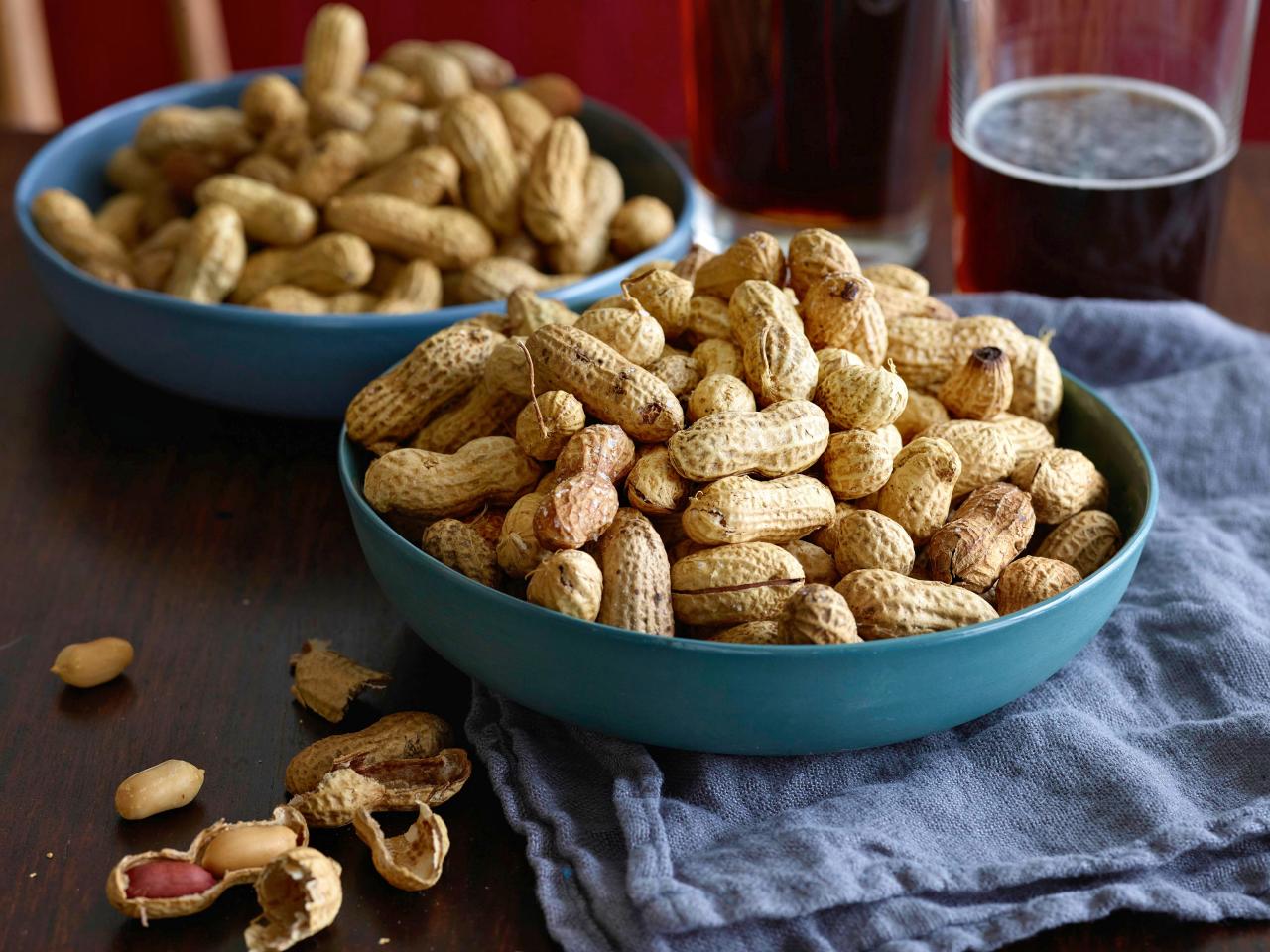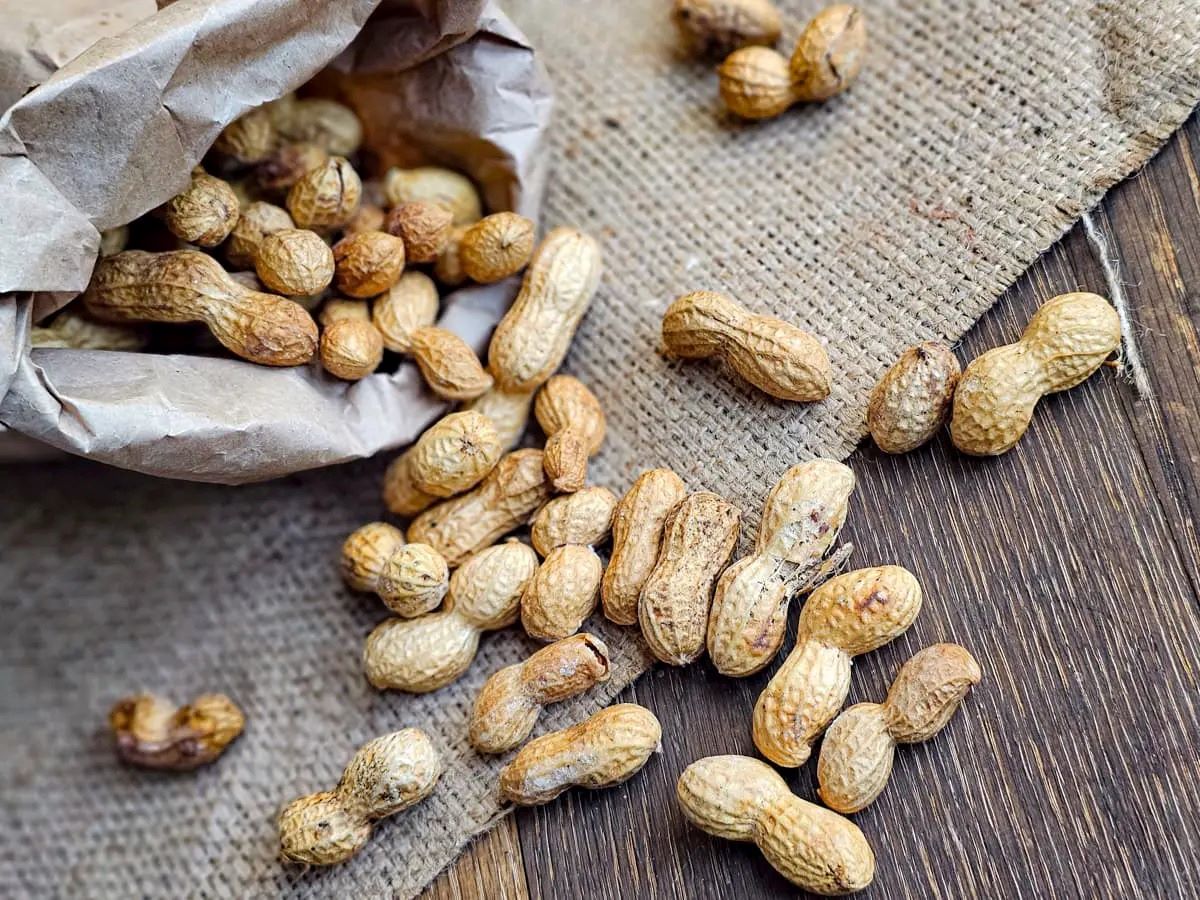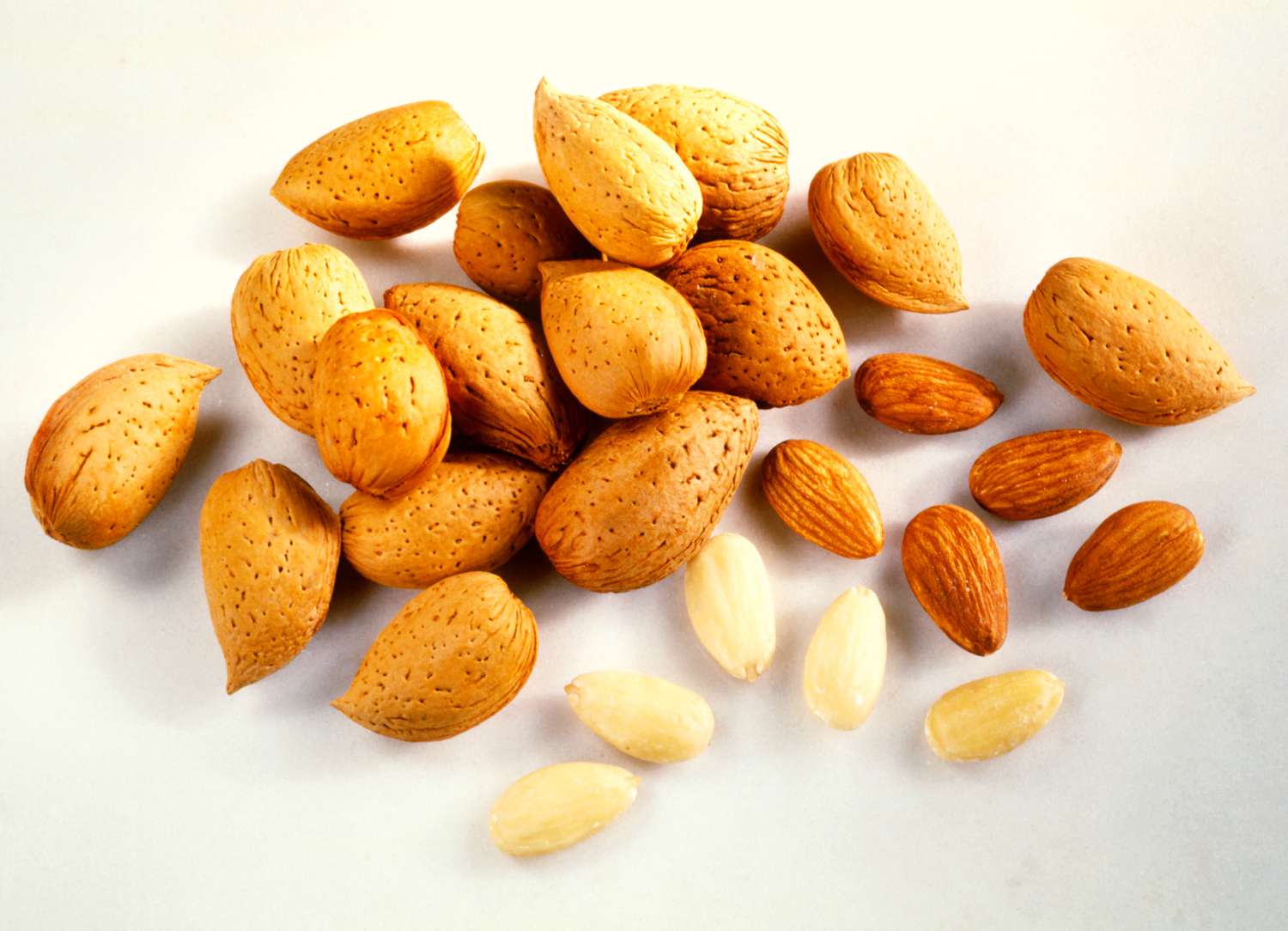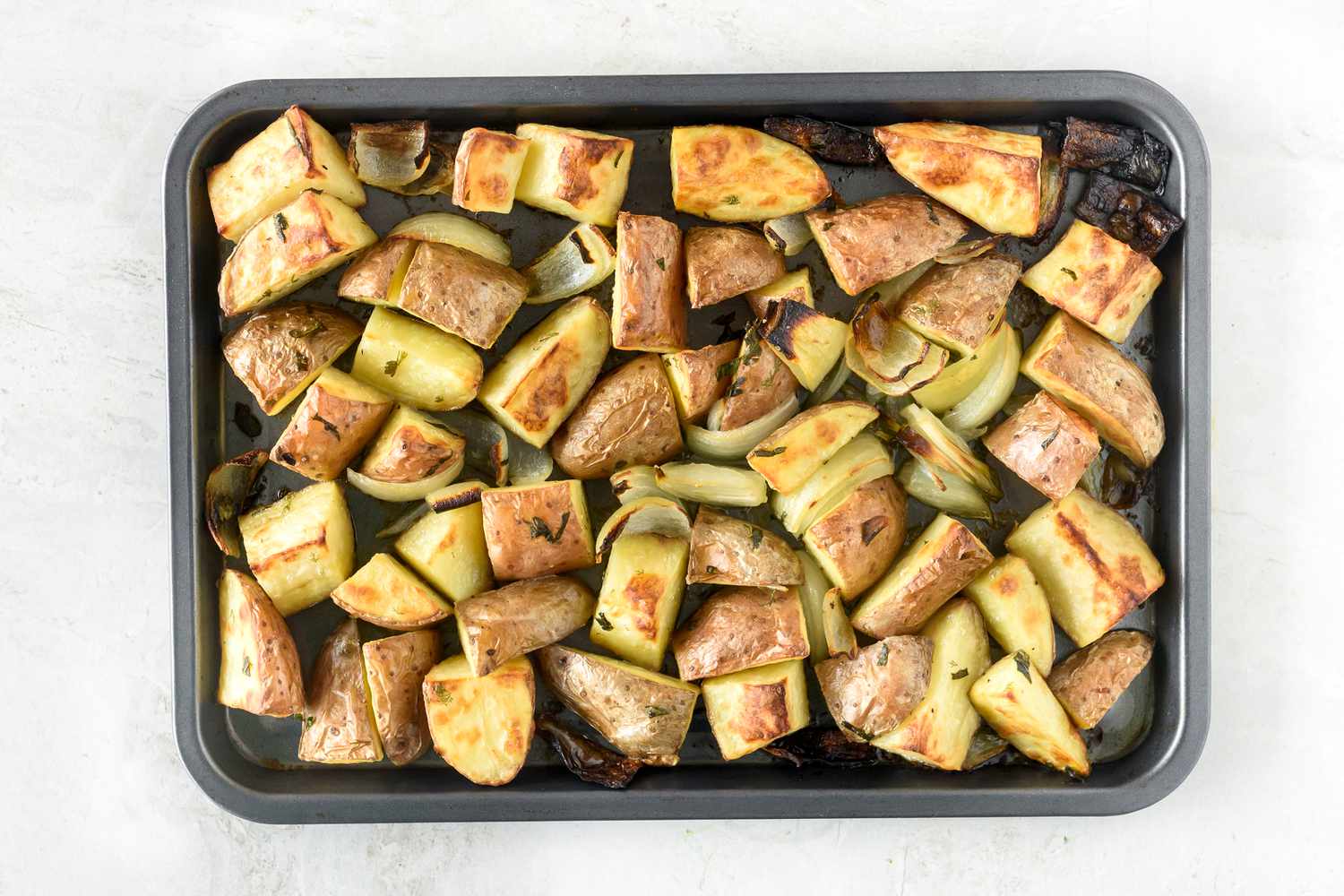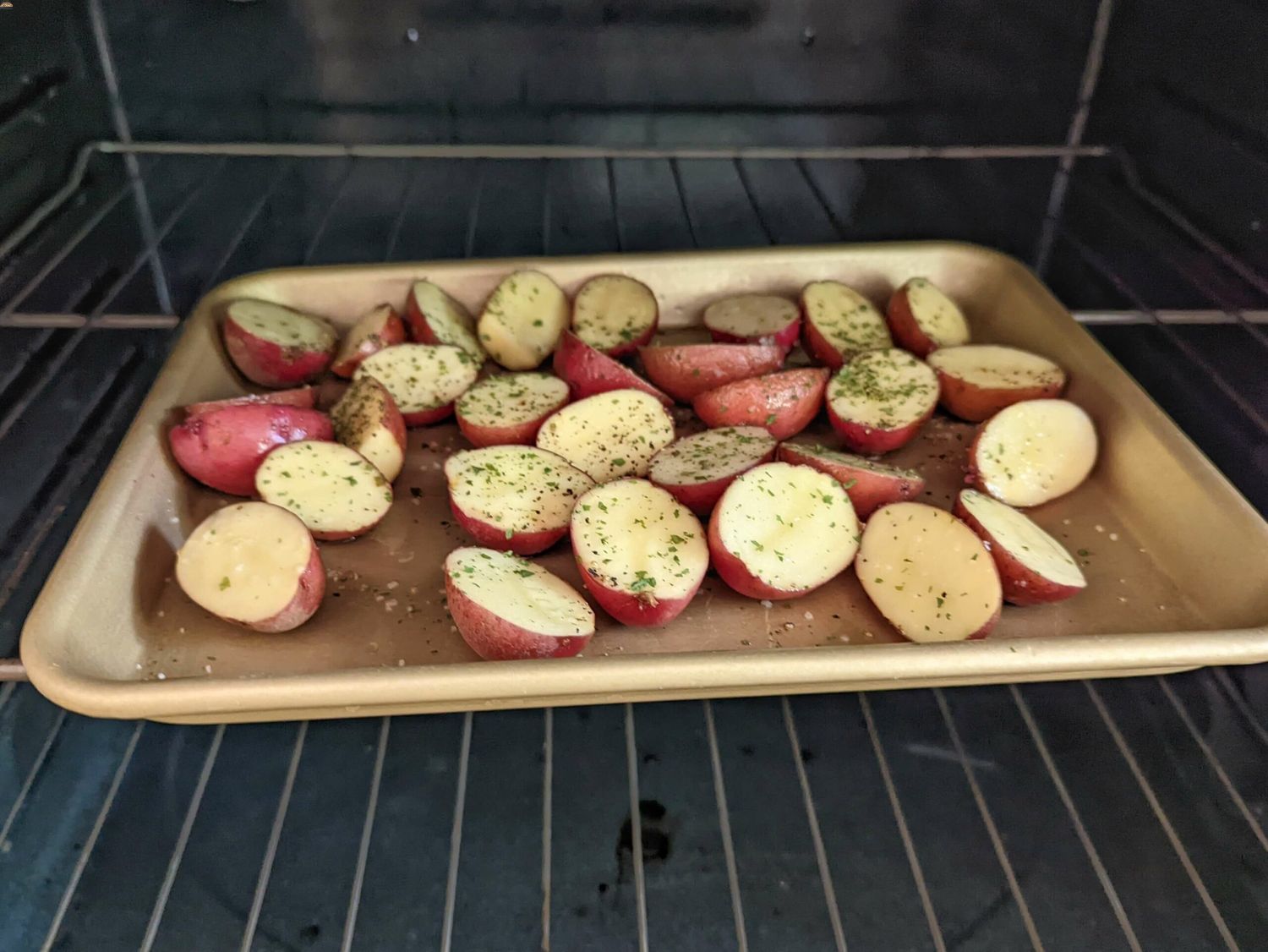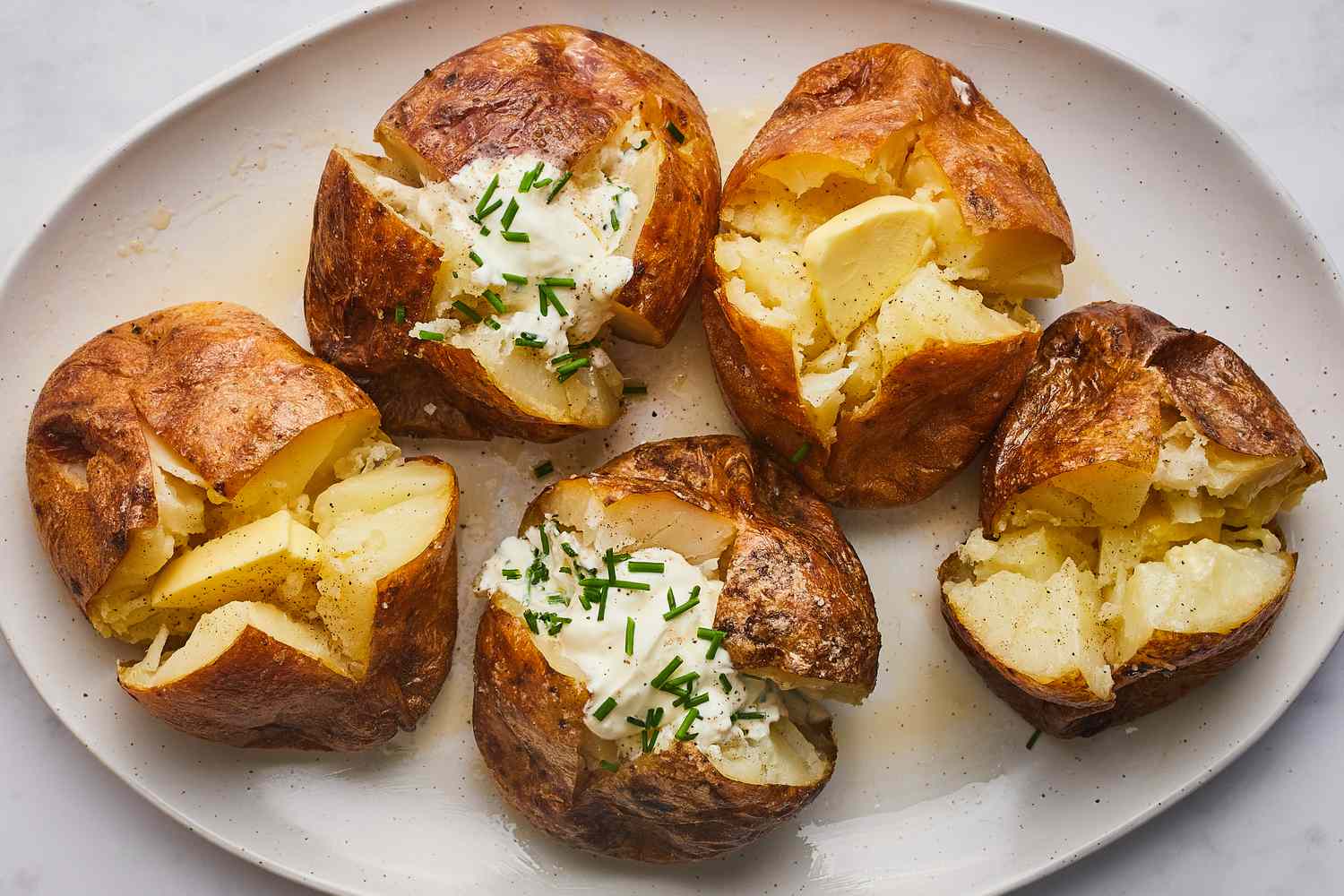Get Ready to Elevate Your Salad Game with Roasted Romaine Lettuce!
When it comes to salads, most people think of raw lettuce as the base. But have you ever considered roasting your romaine lettuce in the oven? It may sound unconventional, but roasting romaine lettuce can bring out a whole new depth of flavor and add a delightful twist to your salads.
Why Roast Romaine Lettuce?
Roasting romaine lettuce in the oven can transform its texture and taste, giving it a slightly charred and smoky flavor that adds a unique dimension to your salads. The heat from the oven caramelizes the natural sugars in the lettuce, creating a delicious contrast to the crispness of raw lettuce.
Here’s how you can easily roast romaine lettuce in the oven:
Ingredients:
- 2 heads of romaine lettuce
- 2 tablespoons of olive oil
- Salt and pepper to taste
Instructions:
- Preheat your oven to 400°F (200°C).
- Wash the romaine lettuce and pat it dry with paper towels.
- Cut the heads of lettuce in half lengthwise, keeping the core intact to hold the leaves together.
- Place the lettuce halves on a baking sheet, drizzle with olive oil, and season with salt and pepper.
- Roast in the oven for 8-10 minutes, or until the edges are slightly charred and the lettuce is wilted but still retains some crispness.
- Remove from the oven and let it cool for a few minutes before serving.
Once you’ve roasted your romaine lettuce, you can use it in a variety of ways:
- As a base for a grilled chicken or steak salad
- Tossed with a creamy dressing for a unique Caesar salad
- Chopped and added to a Mediterranean-inspired salad with feta cheese, olives, and perhaps some cucumbers and tomatoes
Experiment with Flavors
Don’t be afraid to experiment with different seasonings and toppings to complement the roasted romaine lettuce. Consider adding a sprinkle of Parmesan cheese, a drizzle of balsamic glaze, or a handful of toasted nuts to enhance the flavors and textures of your salad.
Final Thoughts
Roasting romaine lettuce in the oven is a simple yet innovative way to take your salads to the next level. Whether you’re hosting a dinner party or simply looking to elevate your everyday meals, give this roasting method a try and prepare to be pleasantly surprised by the delicious results!
So, the next time you’re craving a salad, consider roasting your romaine lettuce for a delightful twist that will surely impress your taste buds.
Was this page helpful?
Read Next: How To Roast Shank Bone For Passover
Abby Marcelino
Abby is a writer, editor, and a fan of ASMR mukbang and cooking videos. Her family has been in the food industry for years and she has been working for their business as a part-time quality assurance officer and content creator. She is addicted to all things dairy and carbs, most especially cheese and bread.
